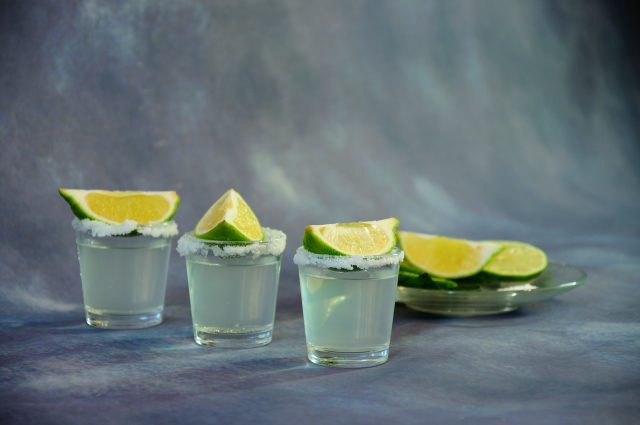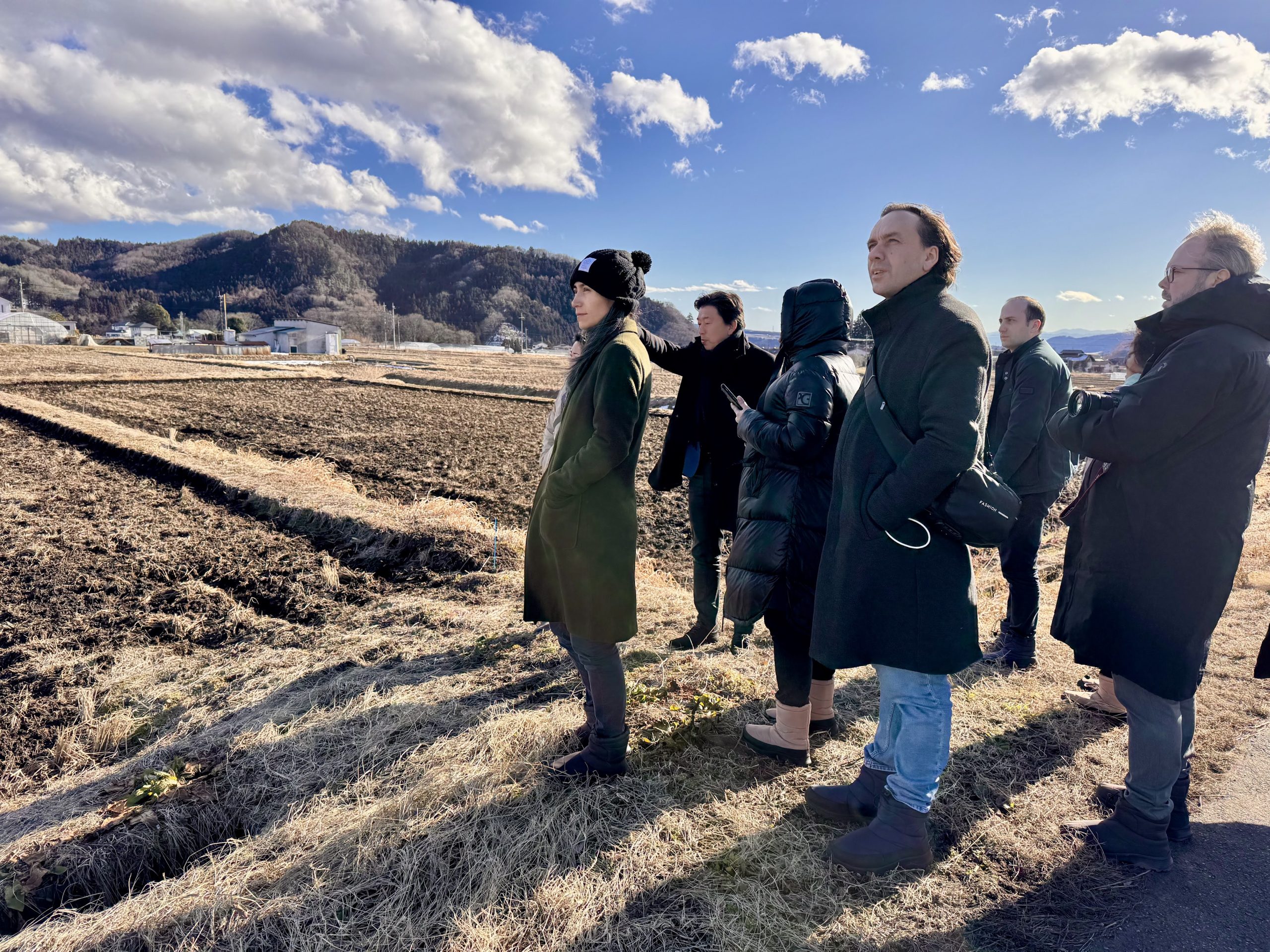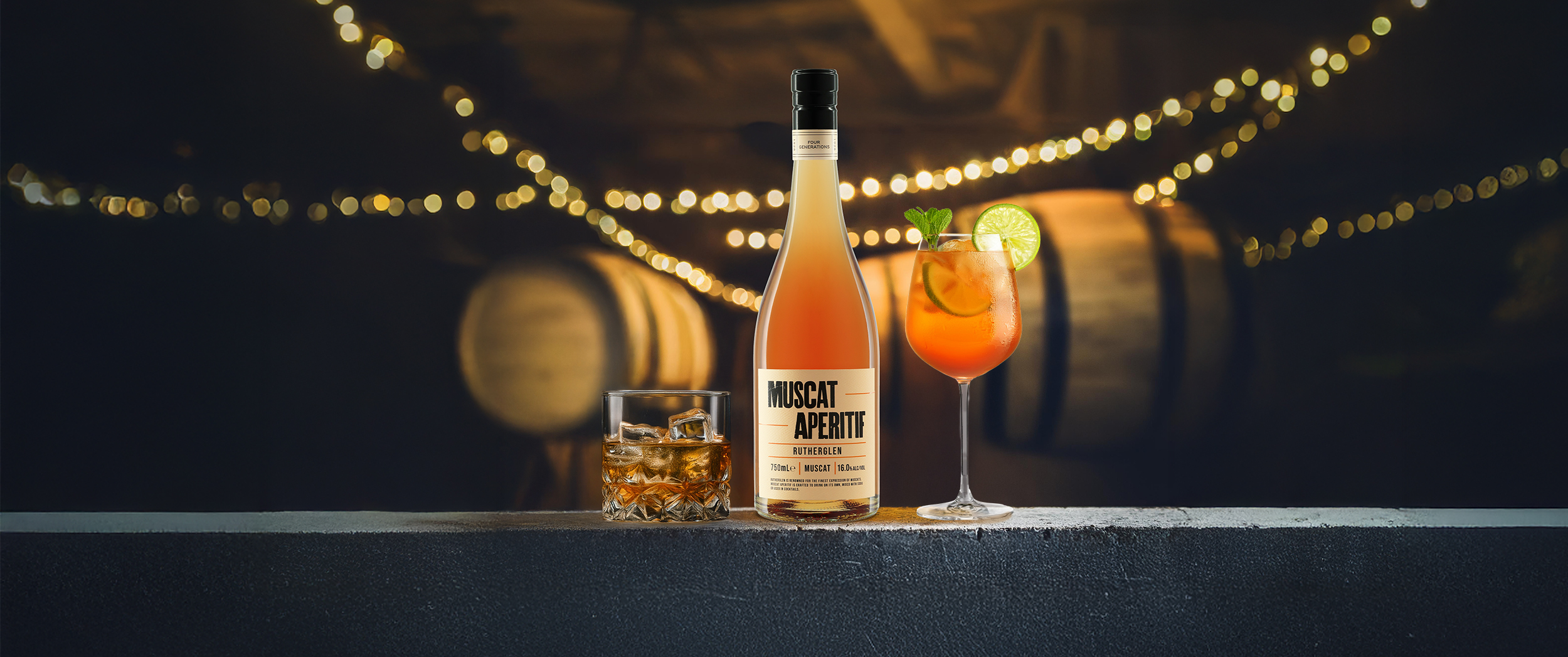How oversupply is affecting Mexico’s Tequila industry
By Ron EmlerA decade ago, Mexico was scrambling to meet the exploding demand for Tequila through a massive programme of planting the all-important agave to boost supplies of the raw material.

Demand was soaring for the spirit, which can only legally be produced from agave in one of five authorised states in Mexico: Guanajuato, Jalisco, Michoacan, Nayarit, or Tamaulipas.
All the world’s major spirits groups rushed to buy or establish brands; plantings of agave mushroomed and new distilleries in the delineated production areas burgeoned.
Today, however, demand has turned negative and the country finds itself floundering in a 500 million litre lake of Tequila according to a report in London’s Financial Times based on figures from Mexico’s Tequila Regulatory Council.
The price premium problem
In the years running up to the coronavirus pandemic, Tequila was already the fastest growing spirits category; that was turbocharged by the enforced “cocktails at home” fashion and in 2021 it boomed by 21% and outsold all whiskies in the US making it the second best-selling spirit behind vodka.
The US accounted for more than 80% of all Tequila sales and in 2022 the global tequila was valued at US$19.76 by Statista and projected to soar to US$30.06 billion by 2028.
A year ago, Debra Crew, Diageo’s chief executive, said that a key plank of her strategy was to “take Tequila to the world”, focusing on her prime brands such as Don Julio and Casamigos (which Diageo had bought for US$1 billion from George Clooney and his fellow founders).
But the picture has changed dramatically. Tequila is no longer the boom spirit in the US.
According to IWSR, spirits sold in the US in the first seven months of 2024 shrank 3% compared with the same period in 2023 with Tequila consumption 1.1% lower. Diageo reported that in the year to last July sales of Casamigos were 20% lower.
Partner Content
A key factor is said to be price, with American consumers reacting negatively to the relentless efforts to premiumise the category.
Worse, as the Tequila lake expands in Mexico, the financial burden on producers of unsold stock is heightened by evaporation.
Tequila is rarely matured beyond three years in barrels because Mexico’s sultry climate means it evaporates more rapidly than spirits produced in more temperate conditions.
Bernstein analyst Trevor Sterling told the Financial Times: “Much more new spirit is being distilled than is being sold, and inventories are starting to accumulate. The Tequila industry is set for a very turbulent 2025.”
Geopolitical storm
And looming on the horizon is Donald Trump moving into the White House on 20 January.
He has threatened to impose tariffs of 25% and above on all imports in a bid to lower trade imbalances by spurring Americans to buy home-produced products.
He is also threatening Mexico, America’s single largest trading partner, in particular, to encourage it to control illegal immigration to the US.
“It would be shooting themselves in the foot because their consumers would have to pay much more,” Tequila Regulatory Council president Ramón González said.
But Snr Gonzalez may be overlooking that Americans have proved themselves adept in resisting price rises by either downtrading or switching to alternative categories.
Related news
Diageo trades Cîroc stake for global Tequila push




